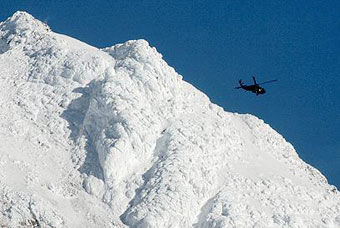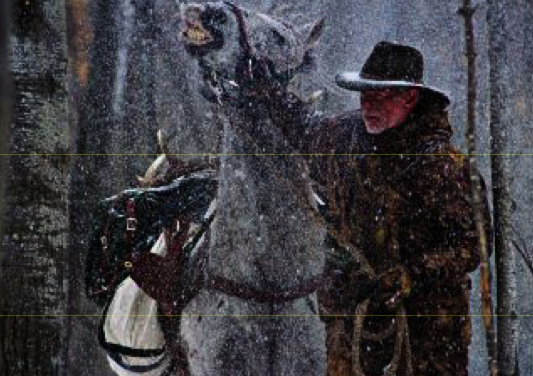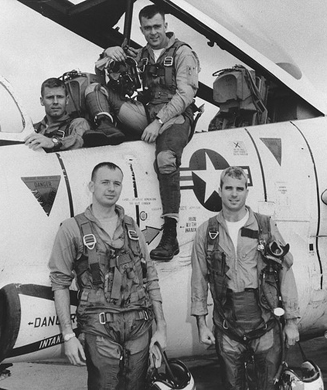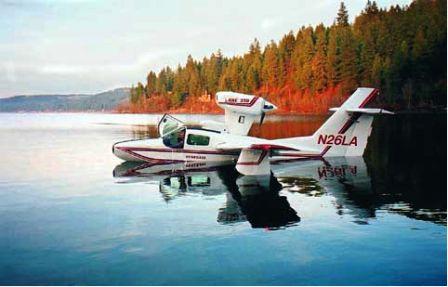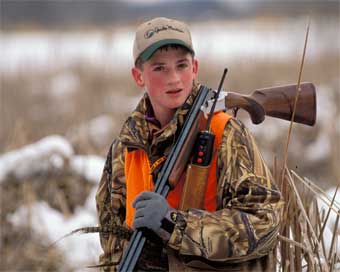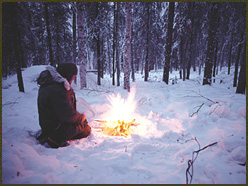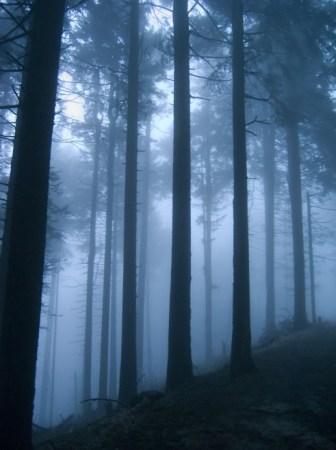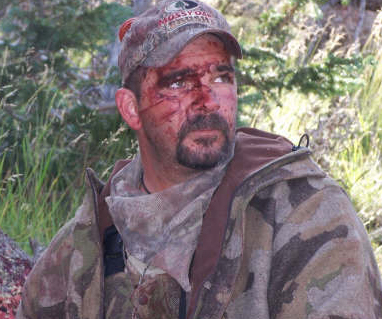My survival kit goes with me on every hunting and fishing trip I take. Fitting perfectly in a fanny pack, it’s what I count on to bring me back alive.
There’s no such thing as a perfect survival kit that you can buy off the shelf. But some store-bought kits contain things that should be part of your personalized survival gear.
Several of the items in my own kit (shown here) are components of the Ultimate Survival Tool Kit marketed by Survival, Inc. (2633 Eastlake Ave. East #103, Seattle, WA 98102; www.ultimatesurvival.com; brand-name items I talk about here come from this kit).The fanny pack is roughly 8 by 13 by 8 inches-two main compartments and two pockets on the belt-and it’s flanked by water bottle pockets.
Be able to Communicate
You need an unbreakable hand mirror and a loud, durable whistle that can function even if wet. I carry a Star Flash signal mirror and Jet Scream whistle. I’ve used a mirror to signal across a distance of several miles, and the piercing trill of the whistle carries farther than your voice. A cell phone may find its way into my pocket but is not a dedicated component of my kit.
Carry fire
The ability to start a fire is crucial in a survival situation. A Scripto Piezo lighter (look for this at your local grocery store) and waterproof matches are my mainstays. I carry the matches in a 35 mm film container. I also carry the Blast Match fire-starter, a device that creates hot sparks to ignite tinder. In a second film canister, I carry Wet Fire Tinder fire-starting cubes, which can be lit with a match or lighter.
Be ready to take cover
For shelter, I carry a Space emergency blanket, an extra poncho and a plastic tube tent (a one-man cocoon-like tent). I also carry a few yards of 1/8-inch nylon rope to help with shelter building. [pagebreak]
Obey your thirst
I put two full water bottles in the bottle holders on either side of the fanny pack. I also carry an MSR Miniworks water filter (available at sporting-goods stores), which is capable of eliminating harmful organisms. The $60 filter system processes water directly into my water bottles. As an alternative, boil water in a steel mess-kit cup.
Don’t go hungry
“Good old raisins and peanuts”-or GORP-blended with M&M;’s is my emergency food supply, carried in a Ziploc baggie. For long-term survival, I pack a small spool of monofilament fishing line and an assortment of hooks in the kit.
Know how to navigate
Pack a good compass and in a Ziploc bag carry a topographic map of the area in which you hunt or fish. I use a military compass, but a “Boy Scout” compass is fine. A GPS is a great navigation tool, but it can malfunction. A hand compass never does. [pagebreak]
Shine a little light
A small flashlight of durable construction is all you need. I carry a mini.
Administer first Aid
My medical supplies include an assortment of adhesive bandages and sterile compresses, a few antiseptic towelettes, toilet paper, sunscreen and bug repellent. Supplies for special medical conditions should also be included and updated as necessary.
Choose a folding knife
I carry a folding knife with a blade that is heavy enough to cut saplings and sharp enough to whittle fuzz sticks for a fire. A folding knife is good because it’s compact yet sturdy. My kit also includes the Saber Cut saw-a short length of saw chain with grips at each end, for cutting big stuff.
The equipment in your kit is worthless unless you know how to use each piece. Practice fire-starting, signaling and orienteering, and learn emergency medical techniques. You’ll have given yourself a much better chance handling a survival situation.
